Embark on an unforgettable adventure through the stunning landscapes of Eldorado Canyon State Park on the Rattlesnake Gulch Trail. This captivating loop trail offers breathtaking views of the Continental Divide, towering rock formations, and the intriguing ruins of the historic Crags Hotel. Whether you prefer hiking or mountain biking, this 3.6-mile trail promises a thrilling experience.
Experience the Thrill of Rattlesnake Gulch
Just a short 45-minute drive from Denver, Rattlesnake Gulch Trail in Eldorado Canyon State Park offers a moderately challenging yet rewarding hike amidst stunning scenery. This 3.6-mile loop trail typically takes around 2 hours to complete, but you’ll likely want to linger longer to soak in the breathtaking canyon views. Prepare for a 974-foot climb, but rest assured, the panoramic vistas from the top are well worth the effort. While the trail’s name might evoke some concern, rattlesnake encounters are quite rare. However, it’s always wise to exercise caution and perhaps carry a walking stick for added peace of mind.
One of the trail’s highlights is the opportunity to explore the ruins of the Crags Hotel. Destroyed by fire in 1913, this grand hotel’s weathered remains offer a captivating glimpse into the past, sparking curiosity about the lives and times of those who once graced its halls. Rattlesnake Gulch also connects to several other trails within the park, providing opportunities for extended exploration and discovery. For example, discover the magnificence of Mount Waiʻaleʻale, the wettest spot on Earth, where lush rainforests thrive after a thrilling hike. Or, embark on a breathtaking hike through the awe-inspiring Sequiota Park, home to towering redwoods that will leave you in awe, before your adventure at Rattlesnake Gulch.
Planning Your Adventure
Best Time to Visit: April through November typically offers the most pleasant weather conditions. Consider shoulder seasons for unique beauty and fewer crowds, but be prepared for unpredictable weather.
Difficulty: The trail is considered moderately challenging due to the elevation gain. Pacing yourself, staying hydrated, and taking breaks are recommended.
Activities: Hiking is the most popular activity, but mountain biking and birding are also enjoyed here. Be sure to check for any trail restrictions based on the season and current conditions.
Mountain Biking Tips: Rattlesnake Gulch has some technical sections, so a suitable mountain bike is essential. Always yield to hikers and announce your approach. Respect the environment and stay on designated trails.
Safety Precautions: While rattlesnake sightings are infrequent, a walking stick can be helpful for probing ahead and may deter encounters. Always carry water, wear appropriate hiking footwear, and inform someone of your hiking plans.
Exploring Beyond the Gulch
Crags Hotel Ruins: Take time to explore the ruins and imagine the hotel’s bustling past. Some experts believe the hotel’s architecture and location significantly contributed to its popularity. Ongoing research may reveal further insights into the area’s history.
Hidden Gems: Venture off the main trail to discover hidden viewpoints and secluded spots. You might stumble upon a hidden waterfall or a breathtaking vista.
Connecting Trails: Extend your adventure by exploring the network of trails connected to Rattlesnake Gulch, such as the Eldorado Canyon Trail and the Fowler Trail. This allows you to customize your hike based on your fitness level and available time.
Key Points of Rattlesnake Gulch Trail:
- Distance: 3.6-mile loop trail
- Time Required: Approximately 2 hours
- Distance from Denver: 45 minutes
- Elevation Gain: 974 feet
- Difficulty Level: Moderate
- Popular Activities: Hiking, mountain biking, birding
- Wildlife: Rattlesnakes (rare sightings)
- Historical Significance: Crags Hotel ruins
- Best Time to Visit: April through November
- Tips: Bring water, wear appropriate shoes, use a walking stick, inform someone of your plans.
- Additional Exploration: Hidden trails and viewpoints
- Trail Connections: Connects to a network of trails
Rattlesnake Ledge Trail: Navigating Closures
Planning a hike on the magnificent Rattlesnake Ledge Trail? It’s essential to be aware of potential closures that can sometimes disrupt hiking plans. Let’s explore the common reasons behind these closures and what you can do when faced with this situation.
Overcrowding is a primary reason for closures. This popular trail’s accessibility and stunning views can lead to congestion, especially during peak seasons. Overcrowding creates safety hazards, making navigation difficult and hindering emergency response efforts. It also diminishes the tranquil experience of enjoying nature.
Environmental impact is another significant factor. Heavy foot traffic can cause erosion, damage fragile plants, and increase litter. Closures, while inconvenient, allow the trail’s ecosystem to recover and preserve its beauty for future generations.
Safety is paramount. Rattlesnake Ledge features steep, rocky sections, and crowds heighten the risk of accidents. Closures serve as a preventative measure to minimize these risks. The trail is 2 miles long with an 1100-foot elevation gain, located near North Bend, Washington, about 30 minutes from Bellevue and under an hour from Seattle, offering scenic views of the Cedar River watershed.
What to do if the trail is closed:
- Stay Informed: Check official park websites and announcements for updates on closures, reasons, and estimated durations.
- Respect Closures: Avoid closed trails. It’s both disrespectful and potentially dangerous.
- Explore Alternatives: Discover other trails in the area. Park rangers and local hiking groups can recommend alternatives suited to your fitness level and interests.
Long-term Solutions:
Sustainable trail management is crucial. Trail improvements, signage, and permit systems can help manage crowds and minimize environmental impact. Educating visitors about responsible trail etiquette is equally important.
Planning is Key:
Always check trail status before heading out. Pack essentials, including water and appropriate footwear, and inform someone of your hiking plans.
Reasons for Closure Summary:
| Reason for Closure | Impact |
|---|---|
| Overcrowding | Safety risks, reduced enjoyment |
| Environmental Damage | Erosion, vegetation loss, litter |
| Safety Concerns | Slips, trips, and falls |
Ongoing research explores the long-term effects of hiking on trails like Rattlesnake Ledge. Scientists continue to learn about the impact of human activity on ecosystems. Debate continues about the most effective solutions, with some advocating for permit systems and others emphasizing visitor education and trail improvements. The best approach likely involves a combination of strategies. Rattlesnake Ledge Trail also holds importance in the Snoqualmie Tribe’s oral history.
How Long is the Rattlesnake Gulch Hike?
Planning a hike on the Rattlesnake Gulch Trail in Eldorado Canyon State Park? This guide will help you estimate the time you’ll need for your adventure. The trail offers two main loops – a shorter 2.5-mile loop and a longer 4-mile loop. The shorter loop is ideal for those with limited time or families with younger hikers. The longer loop offers more scenery and a slightly more challenging experience.
The estimated hiking time ranges from 1.5 to 2.5 hours. The shorter loop may take around 1.5 hours, while the longer loop could take closer to 2.5 hours or more, depending on your pace and how often you stop to admire the views. As you ascend, you’ll be treated to stunning panoramic views of the Continental Divide. You’ll also have the chance to explore the ruins of the Crags Hotel, adding a touch of history and intrigue to your hike.
Estimated Hiking Times:
| Loop | Distance | Estimated Time |
|---|---|---|
| Shorter Loop | 2.5 miles | 1.5 – 2 hours |
| Longer Loop | 4 miles | 2 – 2.5 hours |
These times are general guidelines. Your actual hiking time may vary based on your pace, breaks, and time spent exploring the Crags Hotel ruins. Ongoing research continues to uncover new information about the hotel’s historical impact. Some experts believe trails like these have been significantly altered by human development. For more detailed information, consult local hiking groups and websites dedicated to Eldorado Canyon State Park.
How Long Are the Trails at Rattlesnake Point?
Rattlesnake Point offers a variety of trails, ranging from short, easy strolls to longer, more challenging hikes. The network totals around 7.5 miles (12 kilometers). Trails vary not only in length but also in the experiences they offer. Some stick to the escarpment top, providing panoramic views, while others descend into valleys, revealing lush forests and unique rock formations.
The longest trail, the Nassagaweya Canyon Trail (also known as the Gorge Trail), is approximately 7 miles long and offers a challenging hike through the heart of the canyon with stunning scenery, including towering cliffs and seasonal waterfalls. For a shorter hike, the Buffalo Crag Lookout Trail, at approximately 2.1 miles, offers equally breathtaking views of Lake Ontario.
The Vista Adventure Trail and the Bruce Trail also pass through Rattlesnake Point, but the exact lengths within the park’s boundaries are not readily available. The park’s total trail mileage likely includes portions of these trails. Future trail map updates may provide more detailed information.
| Trail Name | Approximate Length | Difficulty | Notes |
|---|---|---|---|
| Nassagaweya Canyon Trail | 7 miles | Moderate to Challenging | Longest trail, explores the canyon. |
| Buffalo Crag Lookout Trail | 2.1 miles | Easy to Moderate | Shorter hike, panoramic views. |
| Vista Adventure Trail | Unknown | Unknown | Check updated trail maps. |
| Bruce Trail (section) | Unknown | Varies | Check updated trail maps. |
Trail conditions can vary depending on the weather. Check recent trail reports and wear appropriate footwear. Remember that trail lengths are often estimates, and your actual mileage may vary. Consult the official park website and trail maps for the most up-to-date information.
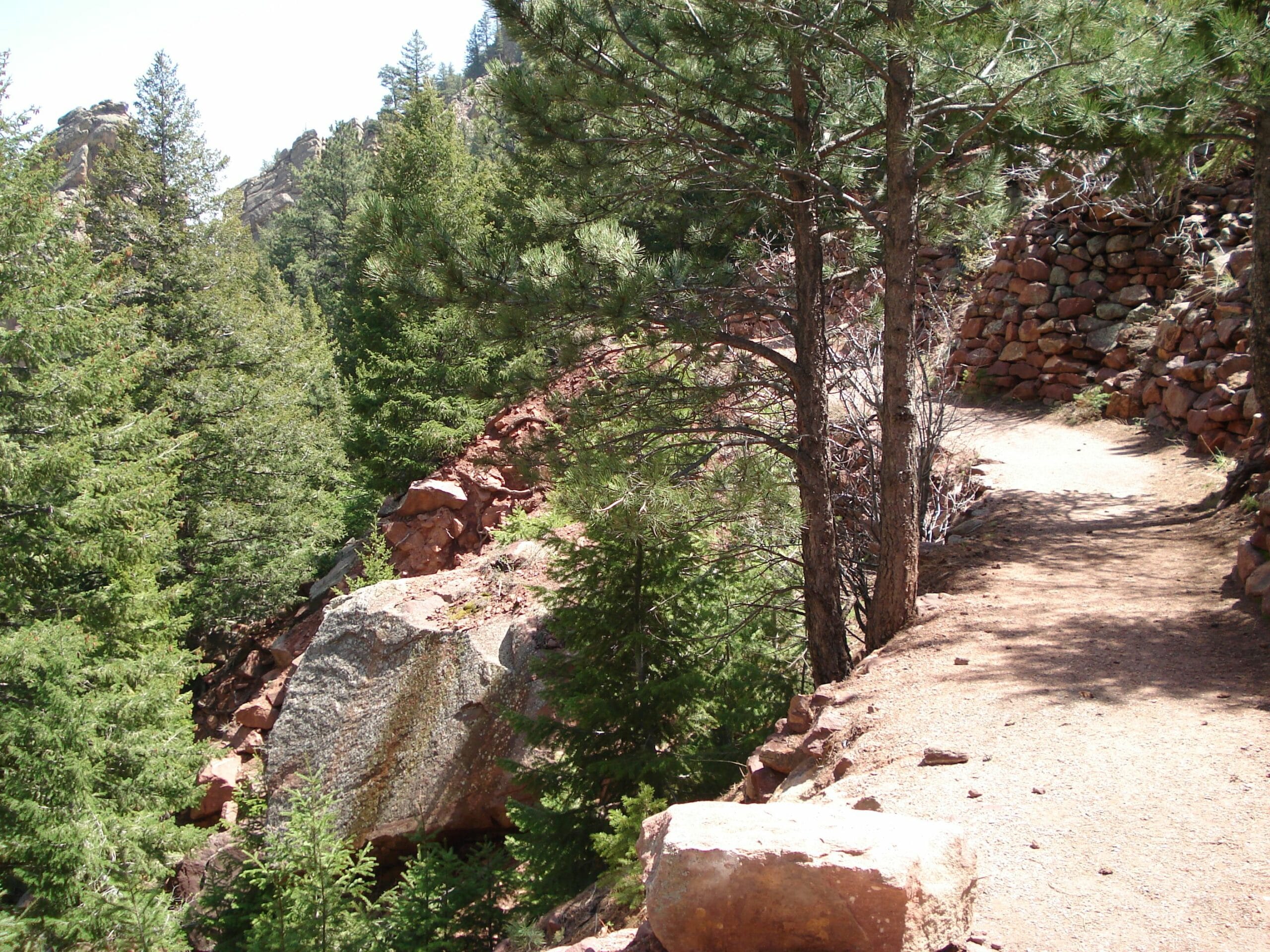
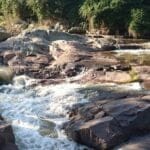
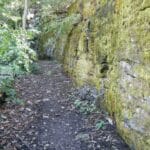

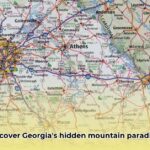
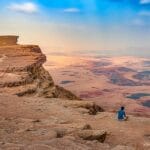
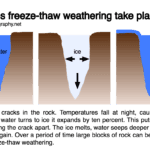










2 thoughts on “Hiking Rattlesnake Gulch: A Thrilling Eldorado Canyon Adventure”
Comments are closed.